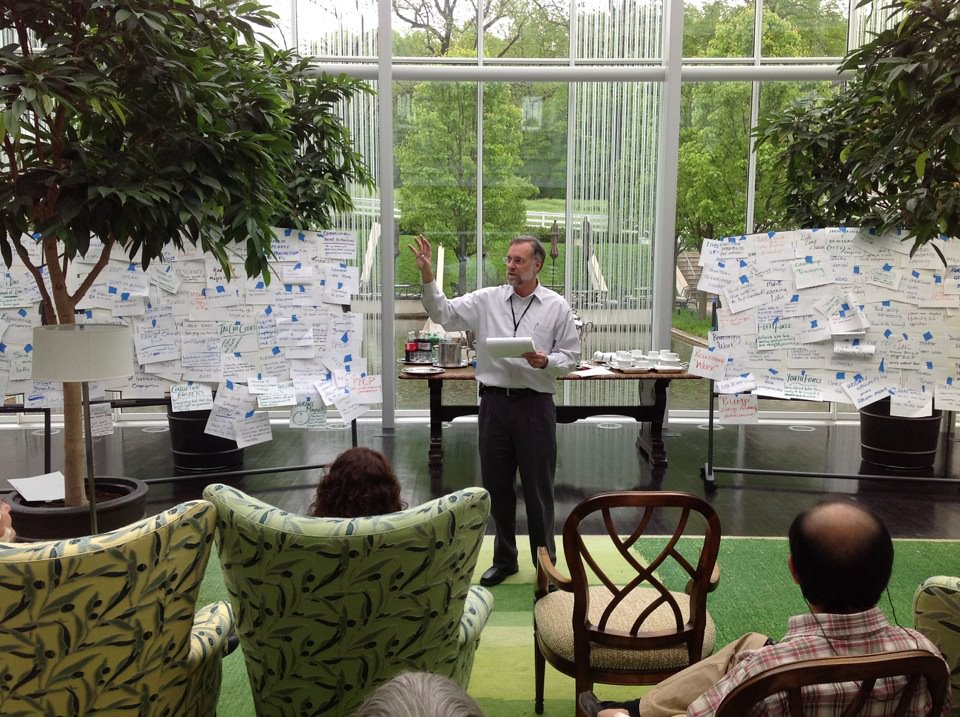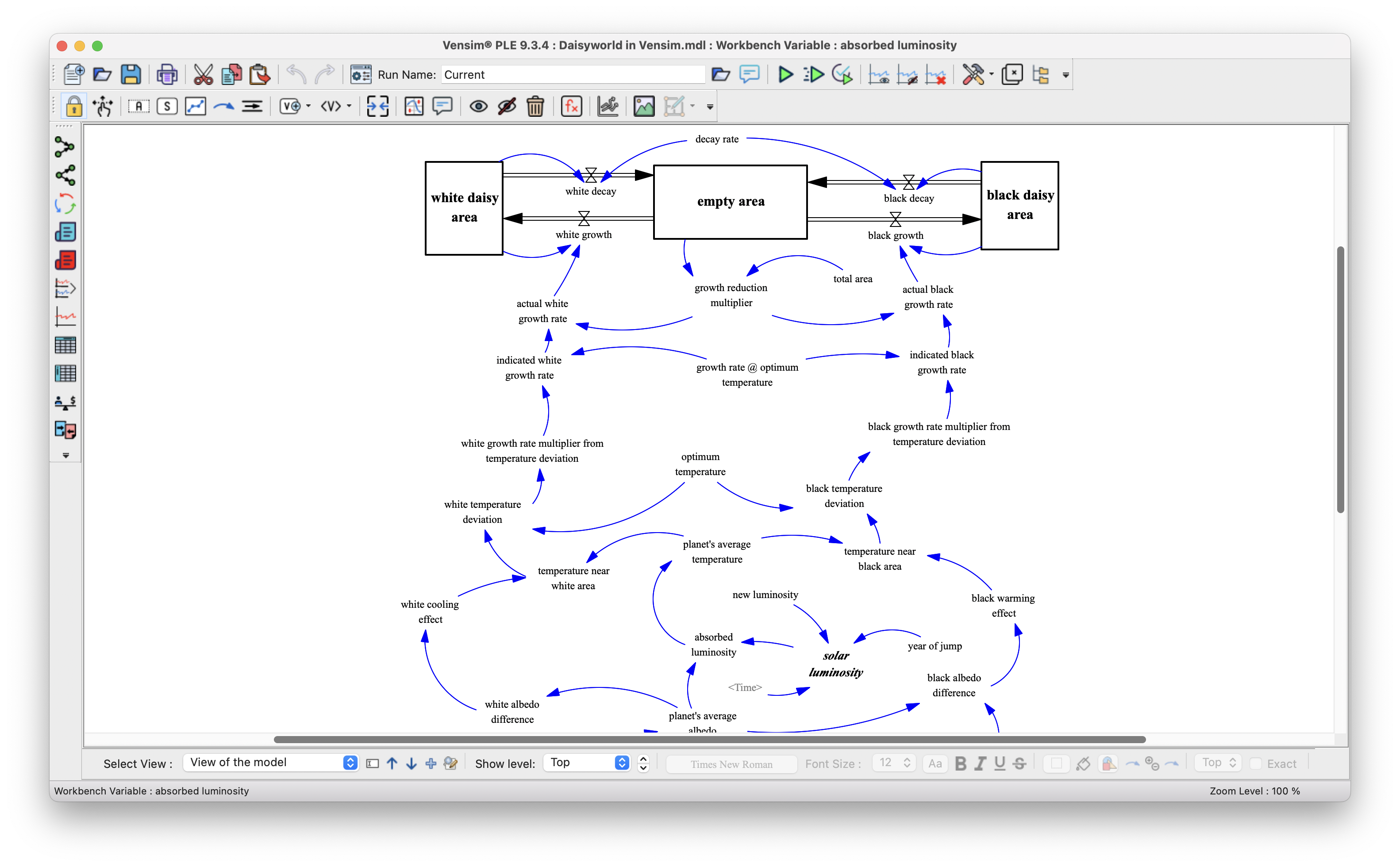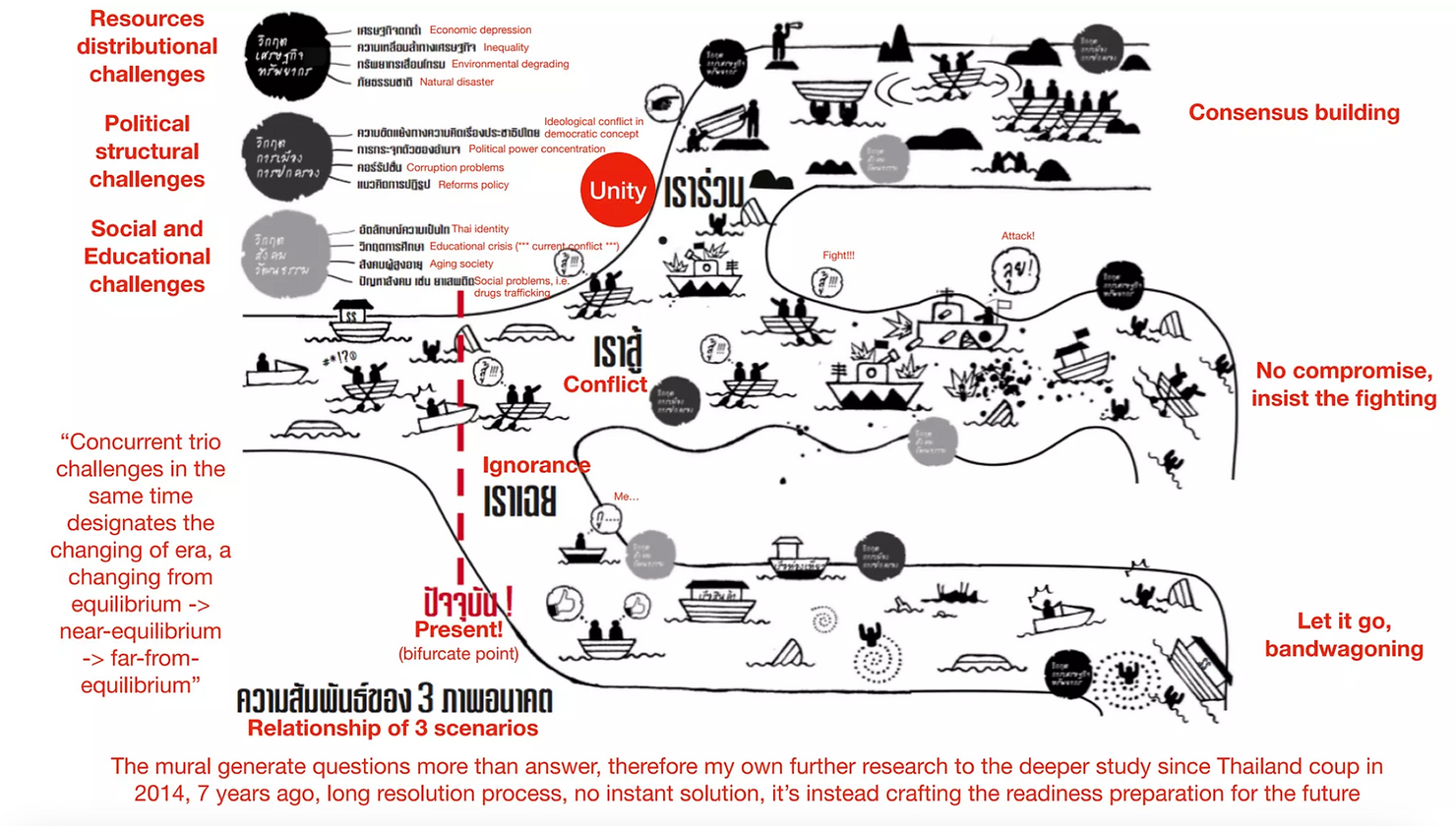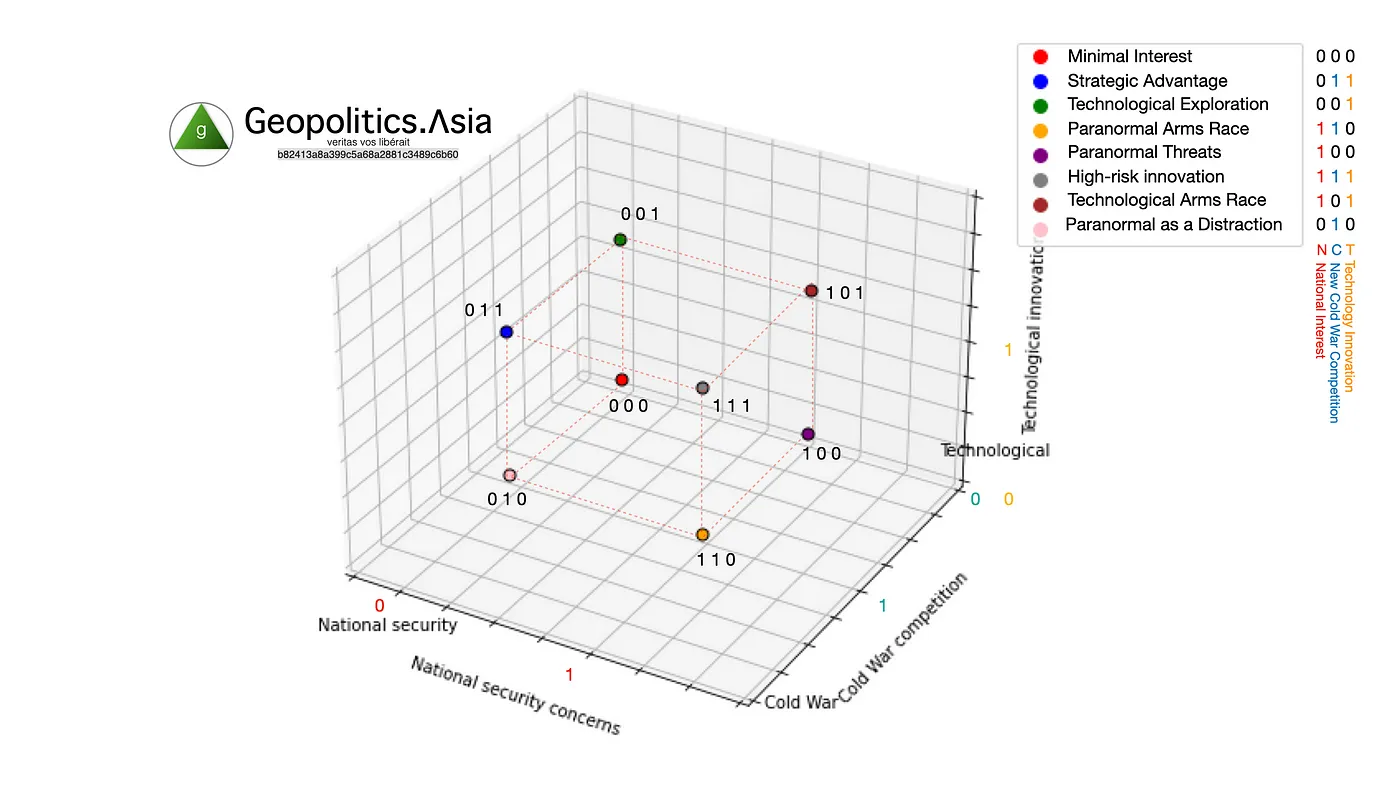Scenario Planning in AI
Our experiment on AI Blue, embodying both personas and characteristics through diverse large language models, to revolutionize scenario planning in portfolio investment execution. This approach aligns various AI entities, each representing fundamental insights, to forecast possible future scenarios comprehensively.

Background
Scenario planning can be likened to Kriegsspiel, a form of wargaming invented by the Prussian Army in the 19th century to educate officers on battlefield tactics. Unlike its historical military roots, scenario planning has evolved, particularly during its extensive application by RAND Corporation during wartime, to encompass a broader range of strategic applications. This evolution highlights the transition from traditional military strategy to a nuanced methodology incorporating strategic foresight and futures studies.
Strategic foresight and futures studies, while often used interchangeably, possess distinct characteristics and origins. Kuosa (2011, p. 10) delineates the differences: futures studies emerge from a humanistic orientation, tracing back to the discipline of Futurology in 1972, focusing on a broader, value-rational perspective. In contrast, the concept of foresight—or technocratic futures studies—originates from military strategies and technological forecasting within U.S. military research units and think tanks, like RAND, during the 1940s and 1950s. Foresight aims to be more systematic, logical, participatory, and oriented towards planning and management, employing forecasting methodologies combined with deep insights into the subject matter. The Strategic Foresight Group defines foresight as the synthesis of forecasting and insight, underscoring the importance of applying methodological rigor to profound understanding.
Two Major Types
In an uncertain terrain spanning both business and security domains, we tend to employ augmented mechanisms to enhance our capability to understand and navigate the future for better decision-making. Strategic foresight stands at the forefront of this endeavor, serving as a comprehensive approach to anticipate and influence future developments. Within its ambit lies future studies, a discipline dedicated to systematically exploring possible, probable, and preferable futures. Scenario planning, a pivotal methodology within future studies, enables the construction of detailed narratives about various plausible futures, aiding organizations in preparing for diverse outcomes. Complementing this, system dynamics offers a robust framework for simulating complex systems and their interactions over time, providing insights into the potential dynamics and implications of different scenarios. Together, these interconnected disciplines offer a powerful suite of tools for dissecting the complexities of the future, allowing us to make informed, strategic decisions amidst the ever-evolving landscape of both business and security.
However, these mechanisms can broadly be categorized into two types: quantitative and qualitative approaches. The quantitative approach leans heavily on a scientific and mathematical examination of key driving forces, a method pioneered by Professor Jay Forrester of the Massachusetts Institute of Technology in the mid-1950s. Forrester's groundbreaking work, encapsulated in texts like "Industrial Dynamics" (1961) and "Urban Dynamics" (1967), laid the foundation for system dynamics. This approach gained further prominence with the Club of Rome's "Limits to Growth" study in the 1970s, highlighting the potential consequences of unchecked economic and population growth within finite resource limits.

On the other hand, the qualitative approach, notably introduced by Shell Plc in 1972 through Scenario Planning, focuses on narrative and exploratory methods. Shell's foresight in identifying key global events, such as the formation of OPEC, the oil crisis of 1973-1974, the decline of oil prices in 1986, the collapse of the Soviet Union, and the rise of Islamic radicalism, underscores the power of qualitative analysis. This approach is not just about predicting specific events but understanding the complex interplay of societal, economic, and political trends. Adam Kahane, involved in the development of scenario planning at Shell, later applied these insights to address apartheid in South Africa through the Mont Fleur project. This initiative demonstrated the potential of scenario planning in facilitating transformative social change.
Building on this legacy, Kahane, along with thinkers like Peter Senge, C. Otto Scharmer, Joseph Jaworski, and Betty Sue Flowers, has evolved the discipline into transformative scenario planning. This method goes beyond traditional scenario planning by incorporating the understanding of mental models through the management of workshops, aiming to deepen the strategic dialogue and create a shared understanding among stakeholders. This approach integrates the qualitative insights into human behavior and decision-making processes with the rigorous analytical techniques of scenario planning, offering a comprehensive toolkit for navigating the complexities of the future.
Real-world applications at both national and global levels
At SIU, our engagement spans both quantitative and qualitative approaches, showcasing our depth of expertise and commitment to addressing complex challenges. On the quantitative front, our collaboration with the Rockefeller Foundation on the "Trend Monitoring Project in Southeast Asia" exemplifies our capacity to harness data and analytics to forecast and interpret regional trends. This project not only enhanced our analytical capabilities but also facilitated our involvement in a global workshop in New York, organized by the Rockefeller Foundation and the Institute for Alternative Futures. Such engagements provide a platform for sharing insights, methodologies, and foresights on emerging global trends and their potential impacts, fostering a community of practice among foresight professionals and stakeholders.

The qualitative side of our work is equally compelling. The Thailand Scenario Worktop stands as a testament to our commitment to addressing socio-political challenges through strategic foresight. Faced with a nation in turmoil from 2006 to 2022, characterized by unrest, street protests, color politics, and coups, SIU embarked on a mission to illuminate paths toward stability and progress. By inviting Adam Kahane to facilitate these crucial workshops, we leveraged his expertise in transformative scenario planning to navigate the complex dynamics at play. The outcome was a clarion call for deep reforms across political, economic, cultural, and educational systems in Thailand.
These experiences highlight SIU's pivotal role in applying scenario planning to real-world issues. By integrating both quantitative and qualitative approaches, we not only contribute to a nuanced understanding of present challenges but also pave the way for informed, strategic interventions. Our work, grounded in rigorous analysis and collaborative dialogue, aims to foster resilience and adaptability at both national and global levels, reflecting our commitment to shaping a more foresighted and prepared society.
Scenario Planning in Generative AI Era
Our journey has taken a significant leap forward during the Generative AI era, as we've integrated our comprehensive knowledge of scenario planning techniques, encompassing both quantitative and qualitative approaches, with our expertise in AI. At Pulsarwave, the advent of Generative AI has allowed us to induce social trends and analyze deep-driving forces with unprecedented depth and nuance, enabling us to craft two-axis scenarios with greater precision. We've pushed the boundaries even further by developing 3D scenario planning and pioneering N-dimensional scenario techniques, leveraging the complexity and dynamism of real-world situations.

With the introduction of Gen-5 Large Language Models (LLMs) in 2024, such as OpenAI's GPT-5, Google's Gemini Ultra, Meta's LLaMa 3, and Amazon's Olympus, we're poised at the brink of a new frontier in scenario planning. These models, equipped with significantly larger parameters than their Gen-4 predecessors, promise an enhanced ability to identify and analyze the underlying driving forces shaping our future. We anticipate that these advancements will bring us closer to crafting scenarios that mirror the emerging realities with unparalleled accuracy.
We've further innovated by incorporating AI Blue's techniques, which utilize multi-headed and continual dialogue windows. This approach, alongside the router technique that directs problems to related expert AIs, represents a leap in our capability to dissect complex issues. These innovations are set to revolutionize policy planning, risk analysis, and high-profile investment strategies by offering nuanced, multi-faceted insights that were previously out of reach.
We are confident that these developments will vastly improve our ability to navigate the uncertainties of the future. By harnessing the power of Gen-5 LLMs, Pulsarwave is not just keeping pace with the evolution of AI but is actively shaping the future of scenario planning. This approach allows us to offer stakeholders insights that are not only reflective of potential future landscapes but are also actionable in today's decision-making contexts, marking a new era in strategic foresight and planning.